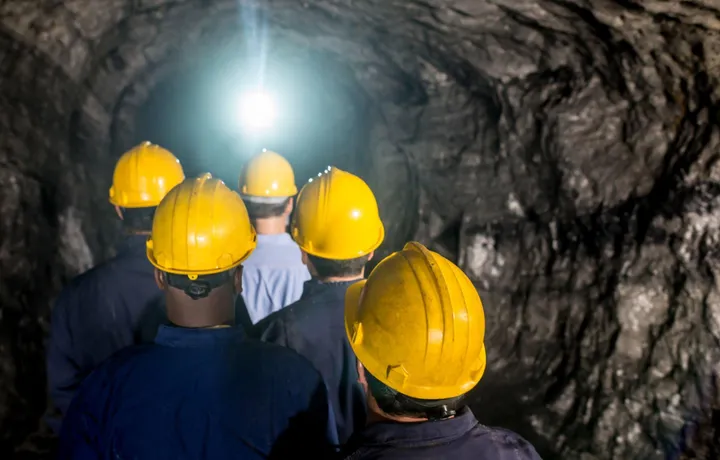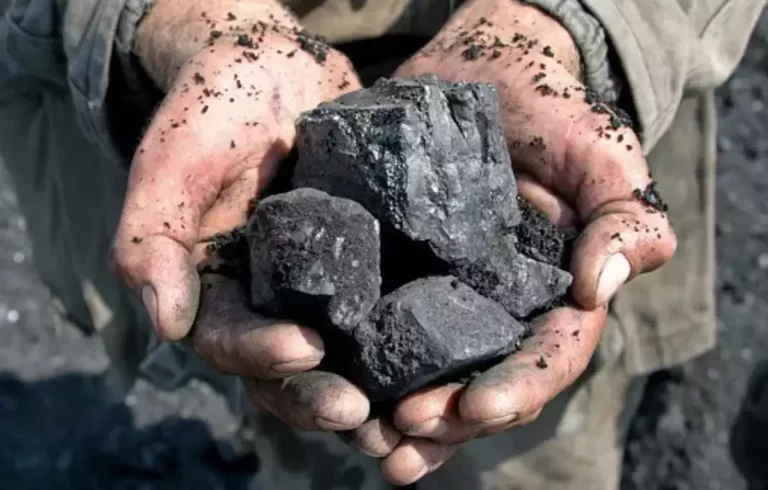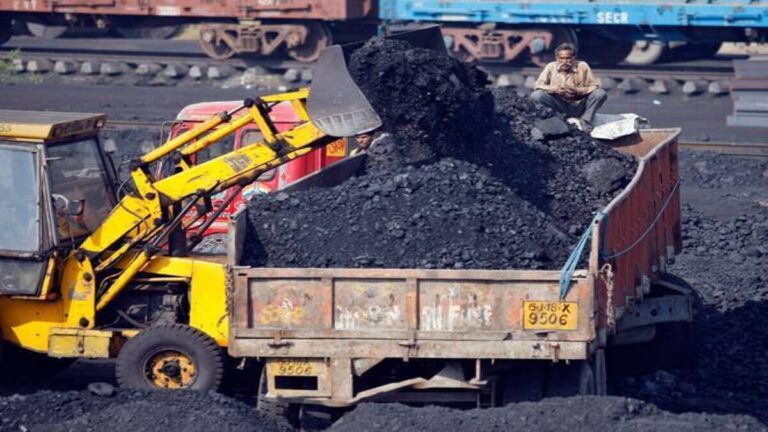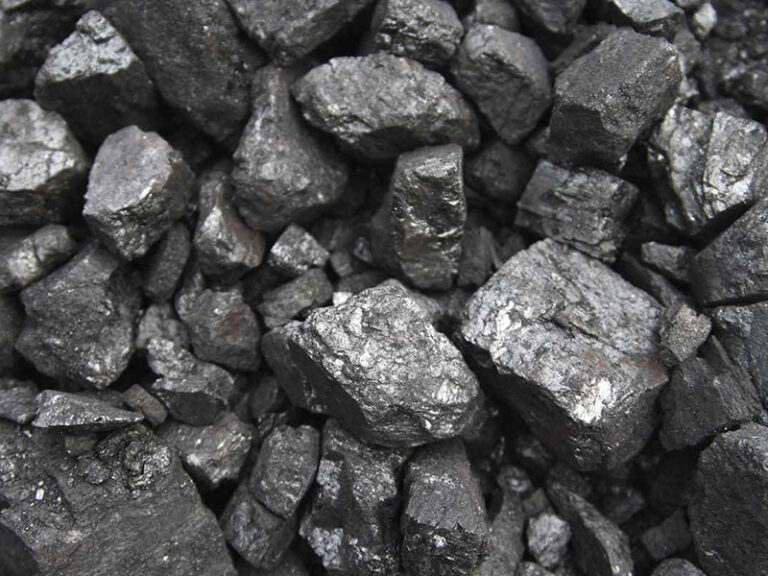
Mining has been a central industry for centuries, providing essential resources for industrial growth and modern infrastructure. However, it also brings significant safety and environmental challenges, particularly in coal mining. Among the primary concerns are coal tips, also known as spoil heaps, which are sites where waste material from coal extraction is stored. Ensuring coal tip safety is crucial to prevent catastrophic accidents and to protect nearby communities and ecosystems. This requires a balanced approach that integrates engineering, environmental management, and regulatory oversight to address the complex risks associated with mining waste.
What is a Coal Tip?
A coal tip is a storage site for waste materials—such as rocks, shale, and other unearthed matter—that are left over after coal is extracted from the ground. These materials, often called spoil, have no commercial value, so they are piled up in large heaps, typically near the mining site. Coal tips can vary significantly in size and structure, depending on the volume of waste produced, the landscape, and the mining methods used. Some tips are small and contain only a limited amount of material, while others are massive, rising high above the surrounding area.
Historically, tips have been built in ways that prioritize convenience and cost-effectiveness, sometimes neglecting essential safety measures. Unfortunately, this approach has led to tragic disasters, such as the 1966 Aberfan tragedy in Wales, when a coal tip collapsed after heavy rains, burying a school and several homes, and causing the deaths of 144 people, most of them children. Such incidents highlight the importance of strict safety protocols to prevent tip collapses, landslides, and other hazards.
Key Safety Risks Associated with Coal Tips
Coal tips present a range of safety risks that must be managed carefully to protect both human lives and the environment. The primary risks associated with coal tips include:
- Tip Slides and Landslides: When a coal tip becomes unstable, it can collapse, sending massive amounts of debris tumbling down. This type of event, known as a tip slide, can happen suddenly and is often triggered by factors like heavy rainfall, poor drainage, or weak underlying soil. The results can be devastating, destroying property, infrastructure, and, in some cases, causing significant loss of life.
- Spontaneous Combustion: Coal tips contain small amounts of coal and coal dust mixed with other waste materials. Under certain conditions, these materials can undergo a process of oxidation, which produces heat. If the heat isn’t dissipated, it can build up and eventually cause spontaneous combustion, resulting in fires that can last for months or even years, releasing harmful gases and affecting air quality.
- Soil and Water Contamination: Rainwater can leach harmful chemicals and metals from coal tips, carrying them into nearby rivers, lakes, and soil. This contamination poses risks to local ecosystems, plants, animals, and human communities relying on those resources for clean water and agriculture. Long-term exposure to contaminated water or soil can lead to health problems and degrade local biodiversity.
Measures for Ensuring Coal Tip Safety
Modern coal tip management involves a range of strategies to prevent disasters, including advanced engineering, environmental monitoring, and regulatory oversight. Here are some of the most effective approaches for ensuring coal tip safety:
1. Site Selection and Design
When planning a new coal tip, mining engineers first evaluate the site’s geological and environmental characteristics. Ideal tip sites have stable foundations, minimal slopes, and are located away from populated areas and sensitive ecosystems. If possible, tips are designed to distribute waste materials evenly and minimize stress points. This careful planning reduces the likelihood of collapses and minimizes environmental impacts.
2. Drainage Systems and Erosion Control
One of the most significant risks to tip stability is water accumulation, which can weaken the structural integrity of the tip and increase the risk of landslides. Engineers address this by installing effective drainage systems, including channels, culverts, and catchment basins, to redirect water away from the tip. Additionally, erosion control measures such as planting vegetation or using retaining walls can help stabilize the soil and prevent runoff from eroding the tip’s base.
3. Geotechnical Monitoring and Technology
Advancements in technology have made it possible to monitor coal tips in real time, detecting early signs of instability and other issues before they escalate into larger problems. Remote sensors, drones, and satellite imagery are commonly used to monitor tip movement, water levels, and other risk factors. By collecting and analyzing this data, mining companies can detect potential issues early on and take preventive measures to secure the tip.
4. Fire Prevention and Control
To address the risk of spontaneous combustion, some coal tips are capped with layers of inert material, such as clay or soil, which prevents oxygen from reaching coal dust and other flammable materials. In other cases, ventilation systems are installed to dissipate heat and reduce the chances of combustion. Fire detection systems, combined with regular inspections, are essential for identifying and extinguishing fires before they spread.
Regulatory Oversight and Community Involvement
Government regulations play a crucial role in enforcing coal tip safety. In many countries, strict laws govern tip management, including mandatory risk assessments, regular inspections, and emergency response plans. For instance, the Coal Mines (Tips) Act 1969 in the UK was enacted after the Aberfan disaster and sets out specific requirements for coal tip safety, including the need for engineers to assess and monitor the stability of tips.
Community involvement is also essential in coal tip safety. Local communities can serve as valuable partners by raising concerns, providing feedback, and participating in emergency planning efforts. Involving the community fosters transparency and builds trust between mining companies and those affected by their operations, ultimately contributing to a safer and more sustainable mining industry.
Sustainable Reclamation of Coal Tip Sites
Once a coal tip reaches capacity or a mine is closed, efforts are often made to reclaim or repurpose the land. Reclamation involves reshaping the tip, covering it with soil, and planting vegetation to prevent erosion. This process helps prevent environmental degradation and can transform coal tips into usable land. In some cases, former tips have been repurposed into parks, recreational areas, or even sites for renewable energy projects, such as wind or solar farms.
Conclusion
Ensuring coal tip safety is a complex task that requires a combination of engineering, environmental management, and regulatory oversight. By understanding the risks and implementing effective safety measures, mining companies can protect nearby communities, ecosystems, and their own operations from the hazards associated with coal tips. Through sustainable reclamation and community involvement, the mining industry can also work toward a future where coal tips are not only safe but contribute positively to the environment and society. Balancing safety, environmental protection, and community engagement is key to creating a mining industry that values both human welfare and the planet.




